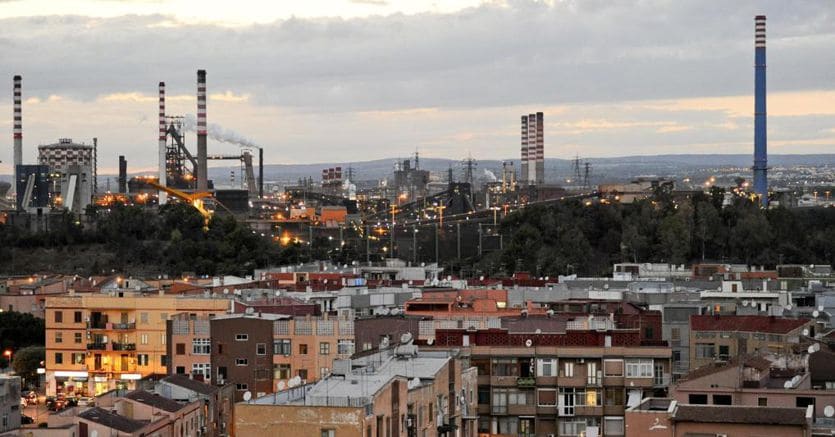One of the most important innovations in the programming of the European structural funds for the period 2021-2027 is the Just Transition Fund (JTF) for the decarbonisation of the most polluting industrial areas. It assigns to Italy a total endowment of EU resources of 1.030 billion euros which, with the addition of national co-financing, reaches about 1.2 billion. Following the indications provided by the European Commission in the Country Report, this fund will finance the Territorial Plans for the just transition of the two areas of Taranto (in Puglia) e Sulcis Iglesiente (in Sardinia). A little more than half of the resources should go to Taranto. The two regions, Puglia and Sardinia, could also allocate a portion of their dowry from the classic structural funds, the Regional Development Fund and the Social Fund to these plans. The two territorial plans will compose a unitary national program of which the managing authority will be theCohesion Agency territorial, with a strong delegation to local authorities for implementation.
A consultancy team of Price Waterhouse and Coopers which operates as part of a technical assistance project in support of reforms financed by the European Commission through the DG Reform, and coordinated by the Department for Cohesion Policies of the Presidency of the Council.
Loading…
Support for territories and workers
The actions envisaged in the Territorial Plans will have to contribute directly to mitigating the negative effects of the transition towards a climate-neutral economy, providing support to the territories and workers most affected. For each of the territories, the Plans must provide details on the need for economic diversification, professional requalification and environmental rehabilitation according to the peculiarities of the geographical areas, according to a transition process until 2030.
Consultations have begun with the competent administrations by subject at the various territorial levels, but also with the private subjects involved in the process of transition and de-carbonization in the areas in question. Among those involved, the Mise, the Ministry for Ecological Transition and the Ministry of Labor, the social partners and local authorities. A “call for interest” which may last a maximum of three months from the date of approval of the Partnership Agreement. The final ok is therefore expected in the autumn.
The options on the carpet
At the moment there seem to be three options on the table for the use of funds, in particular for Taranto: intervening on the production process to reduce dependence on coal; develop in the affected area the production of clean energy, in particular hydrogen, which, among other things, allows the reabsorption of workers; compensatory interventions of environmental and social requalification of the territory.
